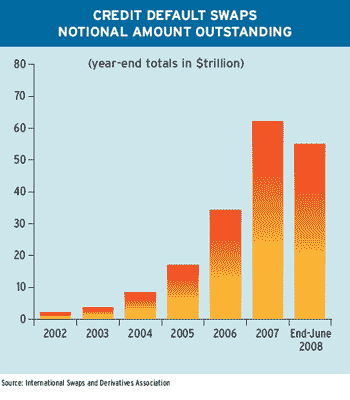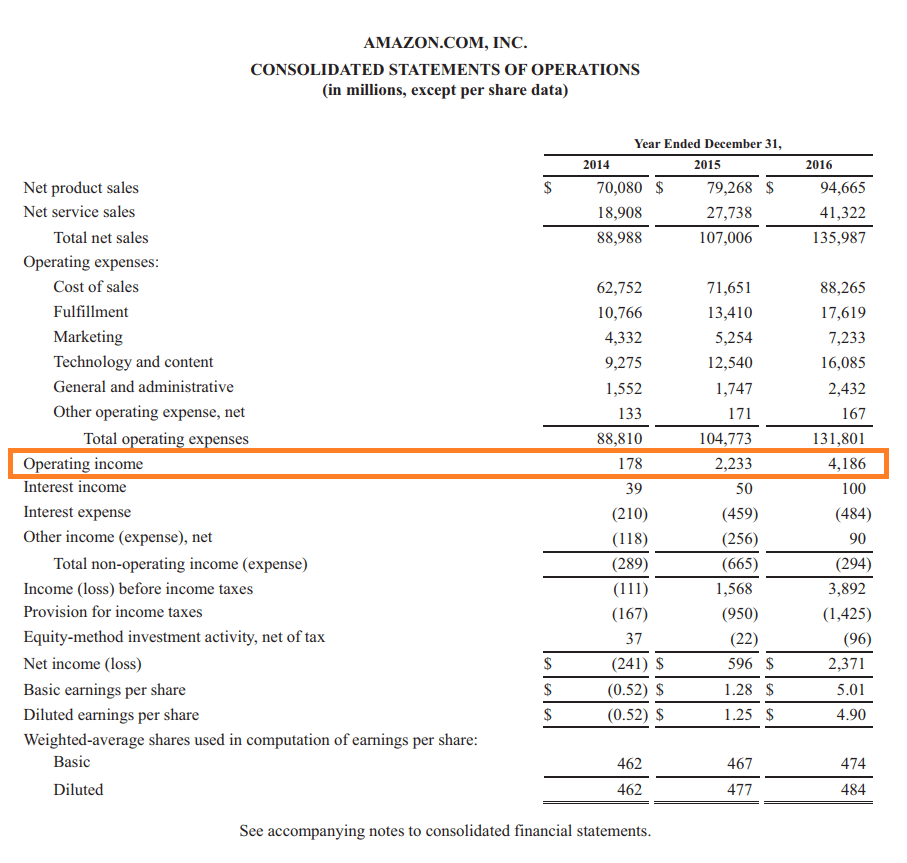

This gets the manufacturer closer to the consumer and gives the company more revenue. Example Of Horizontal IntegrationHorizontal Integration is a merger that takes place between two companies operating in the same industry. These companies are usually competitors and merge to gain higher market power and economies of scale, an extensive customer base, higher pricing power, and lower employment cost.
- Eliminate the cost of developing and making a new product available.
- The more research you do about a new market, the more you’ll understand how to succeed in that market.
- We know that both horizontal and vertical growth strategies can be extremely effective.
On a smaller scale, a mountain to one side may deflect the plumb bob away from the true zenith. The main objective is to minimize wastage and cost of products. Production distribution chain is also strengthened by this integration. We can still graph them with ease once we understand what they are and how they work! Continue on to learn more including the slope of a horizontal line, the slope of a vertical line, and what these special lines look like.
Because of its scope and business model, horizontal software focuses on satisfying business needs rather than individual consumer ones. It helps the company to reach a larger customer base and market. However, horizontal integration often raises antitrust concerns, as the combined firm will have a larger market share than either firm did before merging.
We know that companies that don’t have the right growth strategy risk becoming another failed business statistic. According to data, one in five companies fails in their first year. If integration is done between companies who are in the same line of business or they have the same business activities is called horizontal integration. They may have the same complementary product, by product or other related.
Horizontal organizations using agile methods will need more collaboration features. In the end, every company is unique, with unique business needs. Structures and methods exist to help users achieve their goals, and it is up to them to determine what works best. For example, let’s say your current customer base is entirely made up of accounting firms. You might expand to offer your software to businesses in other industries to gain more market power.
What Is Horizontal Scaling?
The project management method best suited for each type of organization also have their strengths and weaknesses. To increase the advantages and benefits of a specific method of project management, it will require the right set of tools, such as the right project management software. Vertical organizations that use a waterfall approach will need PM software with powerful Gantt charts and forecasting features.

In most cases, your cloud provider will handle the scaling. This means you or your IT management won’t have to worry as much about what new hardware is required to meet new demands. For the majority of this guide, we’ve chosen to keep things simple by using on-premise non-cloud scaling for our examples. Less need for software changes – You are less likely to change how the software on a server works or how it is implemented.
Oligopolists seek to maximize market profits while minimizing market competition through non-price competition and product differentiation. ServiceNow is a high-growth digital workflow company whose purpose is “to make the world of work, work better for people.” Ryan’s remit was to build the leadership… The more willing you are to change your approach as necessary?
Once again, you can choose to scale this server vertically or horizontally. You may upgrade it with more resources or add another server to share the workload. Once again, the biggest central functional difference between the two is that horizontal scaling often forces you to rework how you implement your services or layers. For instance, let’s look at simple three-tier architecture. Businesses choose horizontal Scaling to enhance the I/O concurrency, reduce the load on existing nodes and expand disk capacity.
Virtualization facilitates flexible Scaling of Cloud architecture. Virtual machines can be easily scaled up and down, unlike physical machines. The dawn of Digital Transformation has marked the acceptance of Cloud technology across the globe.
What Is GPT-3?: AI and Machine Learning Language Models
Horizontal SaaS companies aim to provide a broad service that can cover a wide breadth of the market through multiple industries. There are many different types of businesses in multiple niches that choose to use SaaS solutions, including the insurance industry, supply chains, retailers, and manufacturers. This helps a horizontal SaaS business lower its customer acquisition costs.

Doing so would allow the company to generate more revenue and reach a wider market. Ideally, the newly-formed company would make more money as a single unit compared to when they operated independently. Vertical integration involves the acquisition of business operations within the same production vertical. Rushikesh Jadhav joined ESDS in 2009 and is designated as the Chief Technologist. Rushikesh is the key architect of ESDS’ patented Cloud Technology- eNlight. With a passion for Cloud and automation, Rushikesh has developed remarkable products and services for the world to benefit from.
Uber is an example of a company using vertical growth as well; UberX is an alternate Uber for cheaper rides. Uber started as a taxi service via ride-sharing but has since expanded into food delivery with UberEats. Likewise, their attempt to develop self-driving cars is another example of horizontal expansion. Financial statements are the window to a business entity’s financial performance and health. Various stakeholders such as shareholders, investors, creditors, banks etc. assess and analyze the financial statements. This analysis helps them gauge various aspects of the entity’s financial health which then forms the basis for their decision making.
You can also vertically scale the memory, storage, or network speed. While there can be many benefits to horizontal integration, the most obvious benefit is an increased market share for the company. When two companies combine, they also combine their products, technology, and the services that they provide to the market. And when one company multiplies its products, it can also increase its consumer foothold. In technical words, vertical Scaling is defined as increasing a single machine’s capacity with the rising resources in the same logical server or unit. Vertical Scaling involves adding resources like processing power, storage, and memory to the existing hardware or software, enhancing the system’s capacity.
monday.com Jira Integration
Through any point P, there is exactly one vertical and exactly one horizontal. Alternatively, one can start by designating the horizontal direction. On a larger scale the gravitational field of the earth, which is at least approximately radial near the earth, is not radial when it is affected by the moon at higher altitudes. As you can see by now, there are both positive and negative aspects in each of the two learning approaches. Is undefined, the slope of a vertical line is always undefined.
Let’s Grow Your Business
For instance, on Earth the horizontal plane at a given point changes with the position of the Moon . In reality, the gravity field of a heterogeneous planet such as Earth is deformed due to the inhomogeneous spatial distribution of materials with different densities. Actual horizontal vertical and horizontal difference planes are thus not even parallel even if their reference points are along the same vertical line, since a vertical line is slightly curved. Neglecting the curvature of the earth, horizontal and vertical motions of a projectile moving under gravity are independent of each other.
A system’s ability to add new instances to manage the distributed workload is Horizontal Scaling. The Auto-Scaling architecture of the Cloud computing model aims to optimize resources utilized by Cloud applications and minimize human intervention. The architecture reduces errors due to manual interruption thus, saving time and money. A scalable Cloud architecture efficiently manages a drastic rise and fall in traffic, thus optimizing the performance. It ensures the effective utilization of resources, thus eliminating idle resources or insufficient resource circumstances.
The project team completes various portions of the project. They test their product together with end users, and then gather feedback from customers to keep the requirements of the project relevant and defined. The iterative testing used in this project management style allows teams to continuously gather updates and make adjustments accordingly. Agile project management works well with horizontal organizations because the completion of the various portions of the project do not have to be dependent.
Vertical integrationis a corporate strategy that involves growth through streamlining operations. This occurs when one company acquires a producer, vendor, supplier, distributor, or other related company within the same industry. Understanding the difference between vertical vs. horizontal SaaS may significantly improve your business growth strategy.








